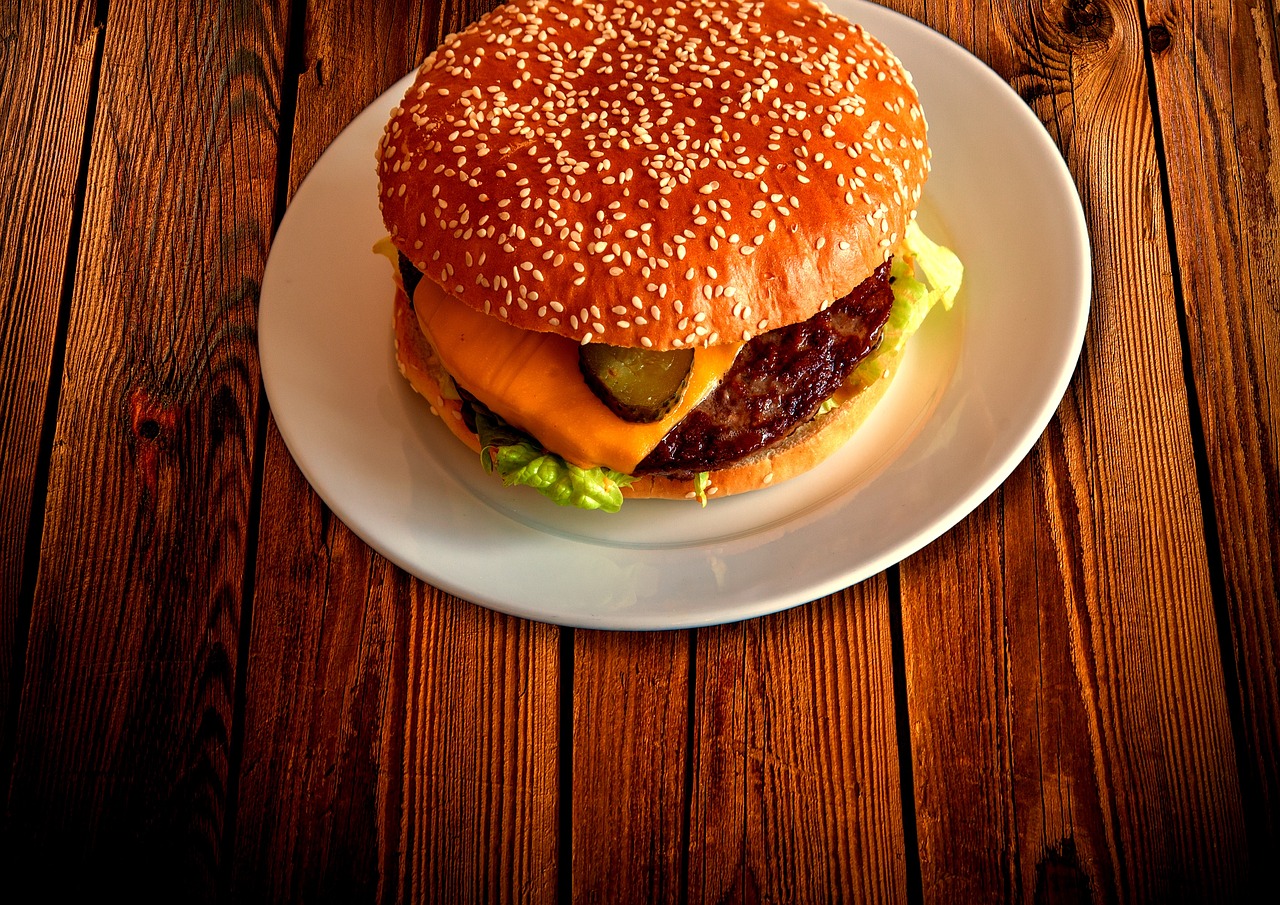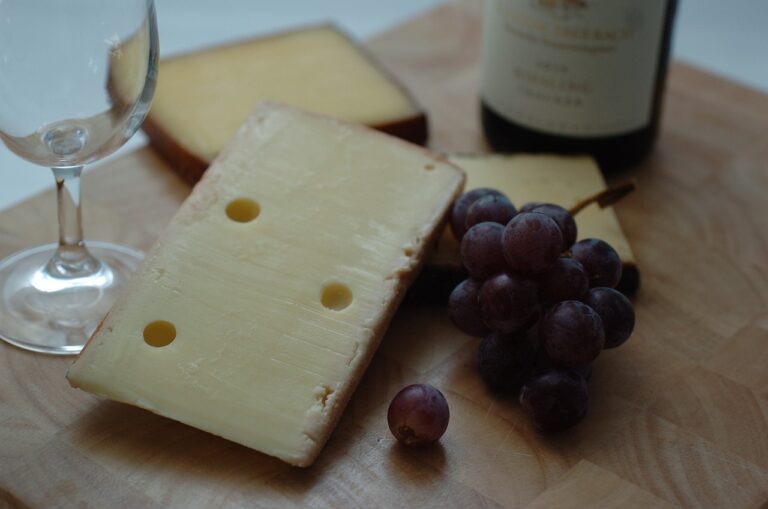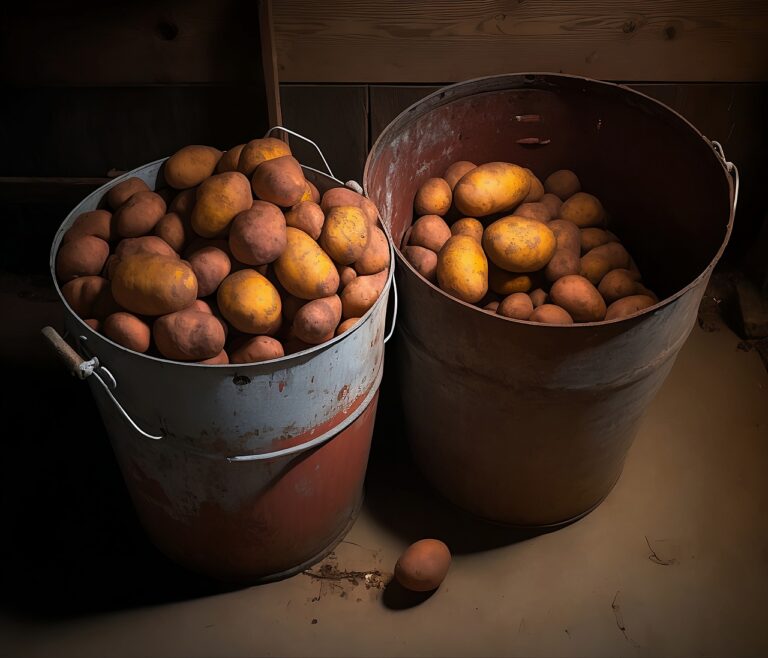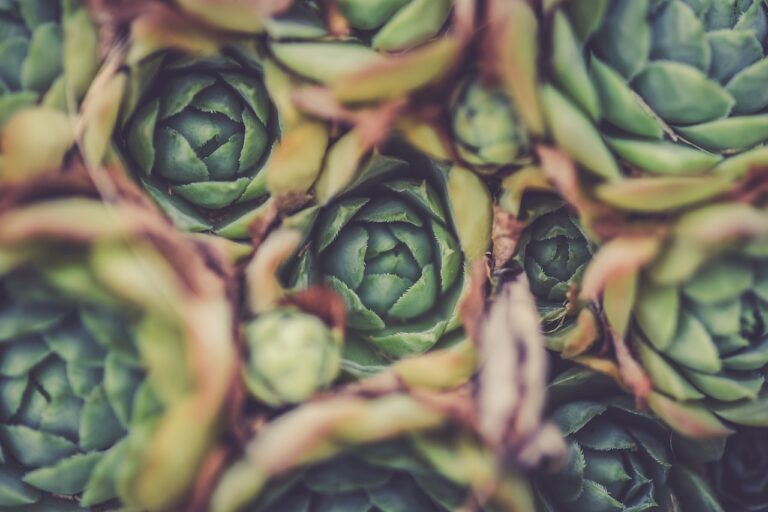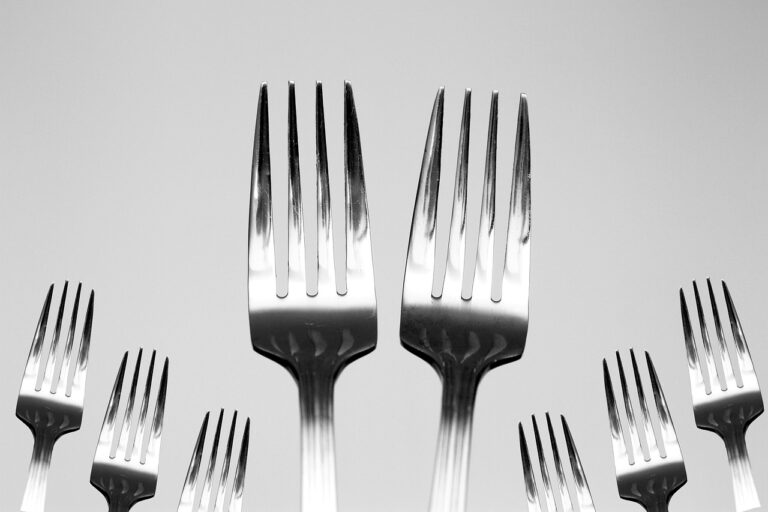The Art of Food Garnishes: Elevating Dishes with Creative Flair
Food garnishes play a crucial role in enhancing the visual appeal of a dish. From herbs and microgreens to citrus twists and edible flowers, there is a wide array of options to choose from based on the flavor profile and presentation style you aim to achieve. Garnishes not only add a pop of color but also provide texture and elevate the overall dining experience for your guests.
Fresh fruits like berries and slices of citrus are versatile garnishes that can add a burst of freshness to both sweet and savory dishes. For a more elegant touch, consider using delicate herb sprigs like rosemary or thyme to complement the flavors of your dish. Edible flowers such as pansies and nasturtiums are not only visually stunning but also bring a subtle floral note that can take your presentation to the next level.
• Fresh fruits like berries and slices of citrus add freshness to dishes
• Delicate herb sprigs like rosemary or thyme provide an elegant touch
• Edible flowers such as pansies and nasturtiums bring a subtle floral note
Choosing the Right Garnish for Your Dish
When it comes to choosing the right garnish for your dish, it’s essential to consider the overall flavor profile and visual appeal of the meal. A garnish should complement the dish rather than overpower it, adding an extra layer of taste and aesthetics.
To select the perfect garnish, think about the key ingredients in the dish and choose garnishes that either enhance or contrast these flavors. For example, a sprinkle of fresh herbs like parsley or cilantro can brighten up a savory dish, while a slice of citrus fruit can add a refreshing zing to seafood or chicken dishes. Experiment with different textures and colors to create a visually stunning presentation that will impress your guests.
Tips for Creating Eye-catching Garnishes
For a visually appealing dish, garnishes can make a world of difference. When aiming to create eye-catching garnishes, consider the colors and textures of the dish. Incorporating contrasting colors can make the garnish stand out and add depth to the overall presentation. Utilizing fresh herbs, edible flowers, or citrus zest can bring a burst of freshness to the dish, enhancing both aesthetics and flavors.
Another key tip is to consider the shape of the garnish. Experiment with different techniques such as using a vegetable peeler for thin ribbons, cookie cutters for precise shapes, or scissors for delicate cuts. Play around with height and placement to create dimension on the plate. Remember, simplicity can often be the most effective choice when it comes to garnishing, as it can elevate the dish without overpowering it.
What is the purpose of using garnishes in food presentation?
Garnishes are used to enhance the visual appeal of a dish and make it more enticing to the diner.
Can garnishes also add flavor to a dish?
Yes, some garnishes such as fresh herbs, citrus zest, or flavored oils can add a complementary flavor to the dish.
How do I choose the right garnish for my dish?
Consider the flavors and ingredients in your dish, as well as the overall presentation style you want to achieve. Choose garnishes that complement the dish without overpowering it.
Are there different types of food garnishes that I can use?
Yes, there are many types of food garnishes including herbs, edible flowers, fruits, vegetables, sauces, and decorative cuts.
What are some tips for creating eye-catching garnishes?
Some tips include using contrasting colors and textures, experimenting with different shapes and sizes, and keeping the garnish simple yet elegant. Be creative and have fun with it!

